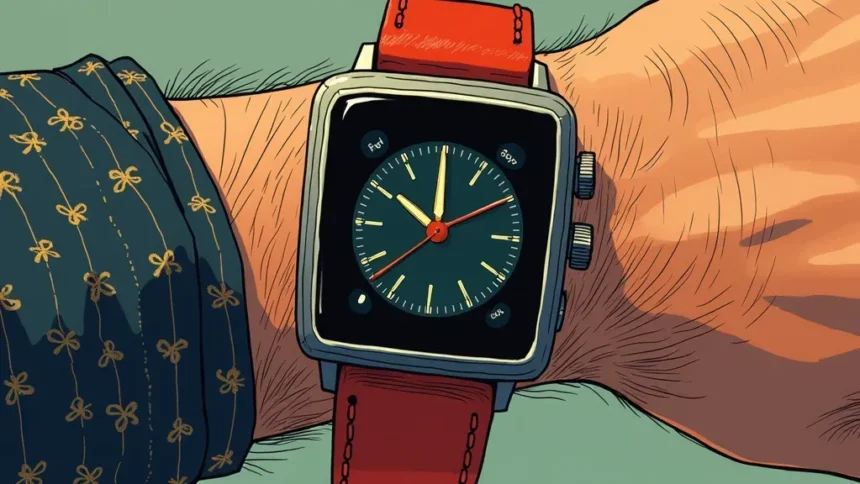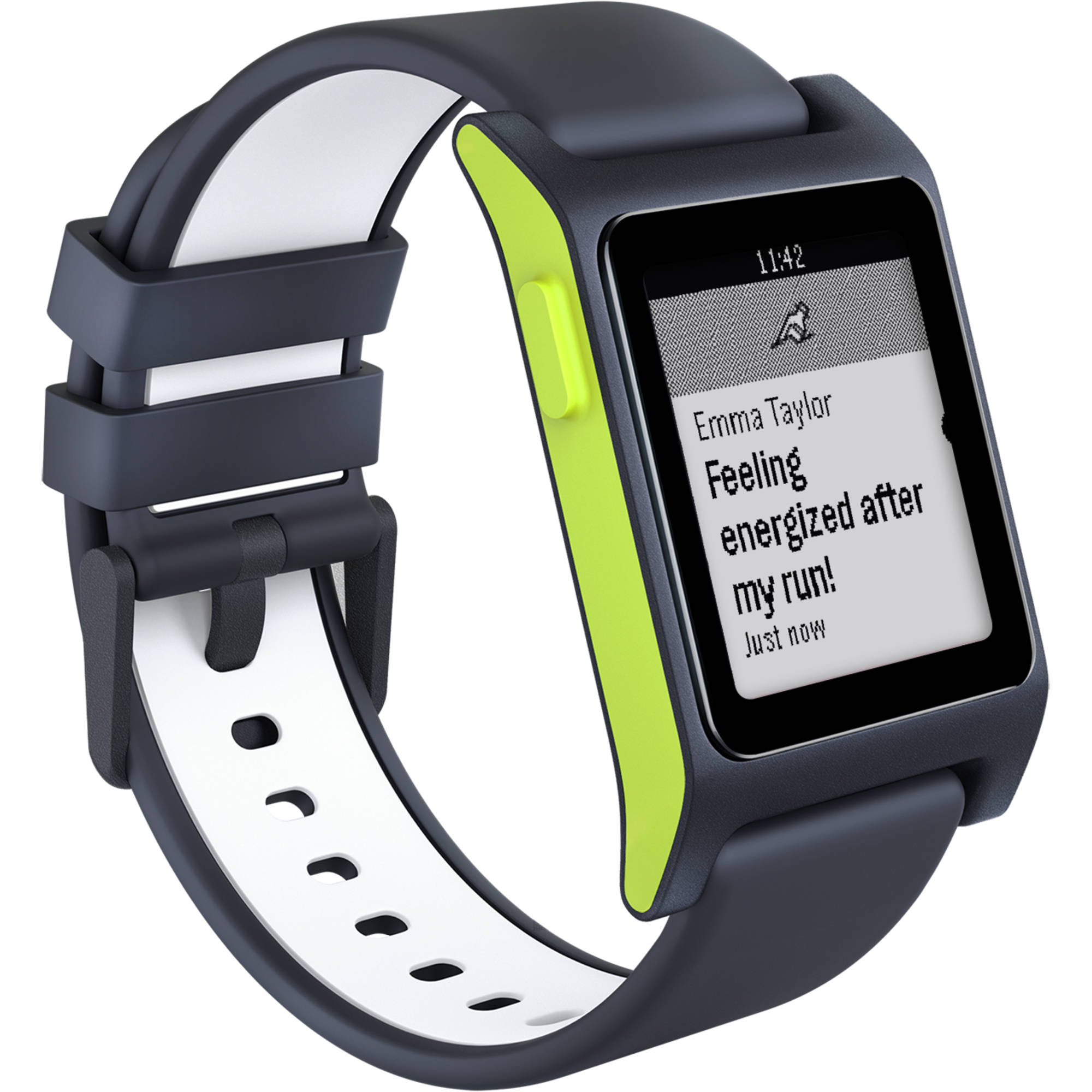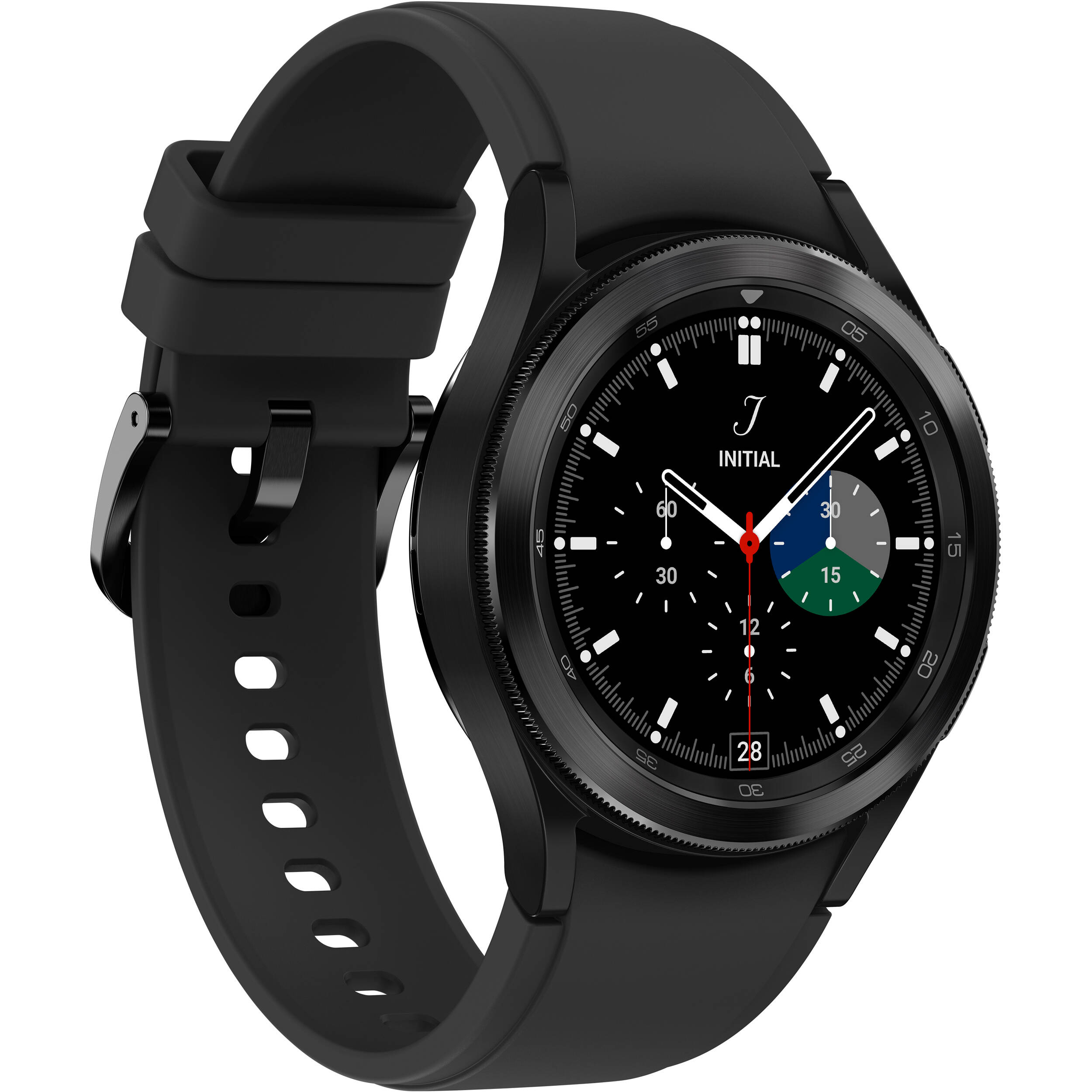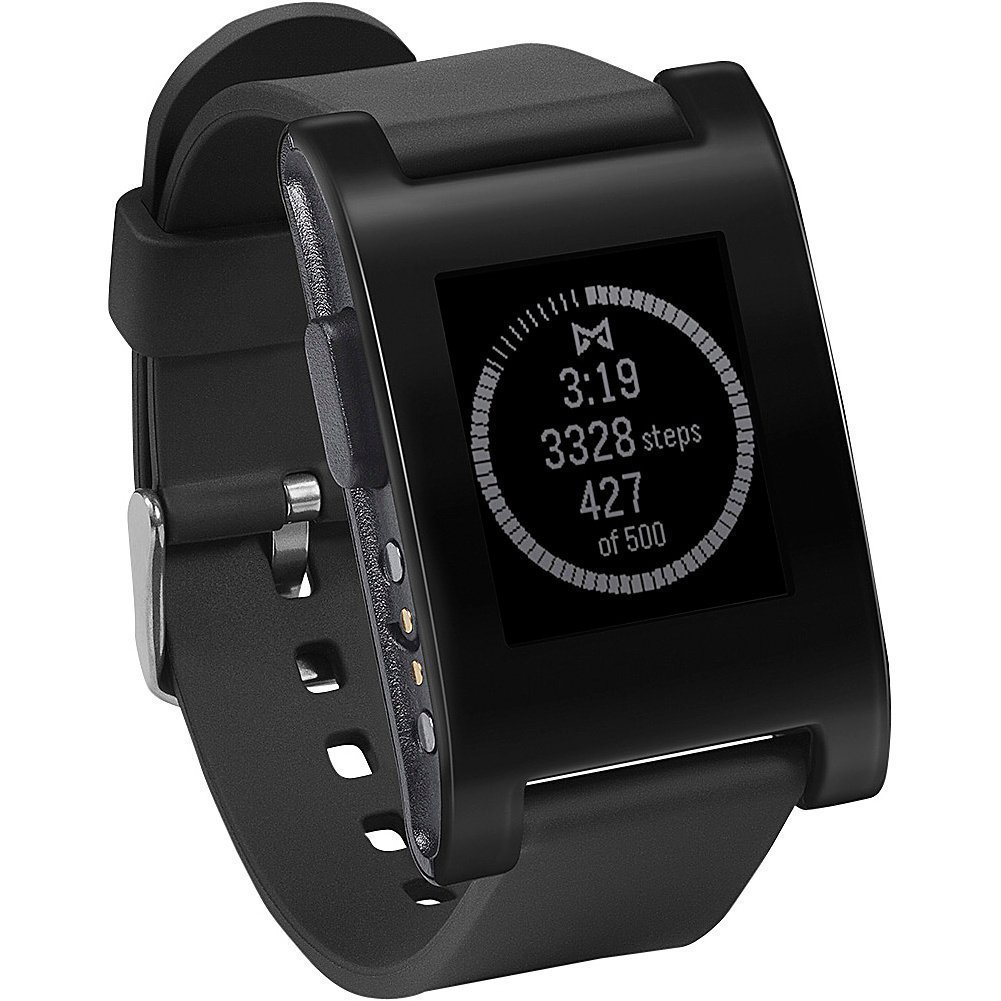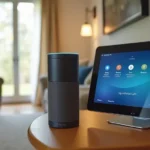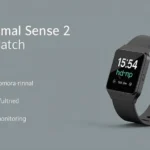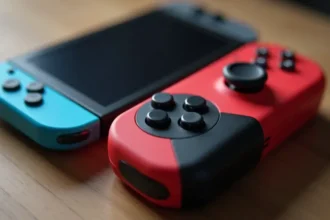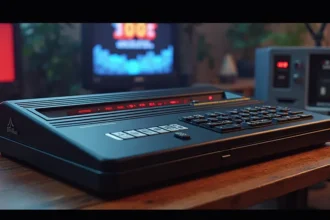Have you ever wondered what happens to groundbreaking tech when it fades from the spotlight? Enter the Pebble smartwatch, a revolutionary device that once dazzled the crowdfunding scene but ultimately fell victim to fierce competition. Despite its closure in 2016, the Pebble legacy continues to spark interest, especially with Google’s recent move to open source its innovative software. Now, Pebble’s founder, Eric Migicovsky, is reigniting the brand’s flame, aiming to blend nostalgia with modern technology in his next smartwatch adventure!
The Rise and Fall of Pebble
Pebble made waves in the tech world when it launched the most successful crowdfunding campaign in Kickstarter history. Founded by Eric Migicovsky, this smartwatch company sold over 2 million units, showcasing a vision for wearable technology that was ahead of its time. However, just four years later, Pebble faced insolvency, largely overshadowed by the Apple Watch’s rapid rise. This unfortunate twist in the story of Pebble serves as a reminder of how quickly the tech landscape can shift, leaving even the most promising startups vulnerable.
Despite its closure, the legacy of Pebble continues through its innovative approach to smartwatches and the dedicated community that still champions the brand. Its story isn’t just about failure; it’s also a testament to the potential for revival. As we look ahead, Eric Migicovsky’s plans to reboot Pebble hint at a new chapter for the smartwatch revival, promising to leverage the open-source opportunities offered by Google, which acquired Pebble’s technology following its acquisition of Fitbit.
Eric Migicovsky’s Vision for Pebble’s Future
With a spark of optimism, Eric Migicovsky is ready to take Pebble into the future. He aims to create an open-source smartwatch that aligns with his vision of simplicity and functionality. By utilizing PebbleOS, which Google is now making available to developers, Migicovsky believes he can design a device that meets the needs of users who crave an uncomplicated yet effective smartwatch experience. Imagine having a watch that is not just a gadget but a personalized assistant on your wrist!
Migicovsky’s vision isn’t just about catering to nostalgic Pebble fans; it’s about building something genuinely useful. He emphasizes features like long battery life, an always-on e-paper screen, and customizable options that allow users to express their individuality. This approach not only honors the original Pebble ethos but also addresses the shortcomings of current smartwatches, like the restrictive nature of the Apple Watch. In this way, Migicovsky’s venture could spark a new wave of innovation in the smartwatch market.
The Role of Open Source in Smartwatch Development
Open source technology has revolutionized many industries, and the smartwatch sector is ripe for this transformation. By open-sourcing PebbleOS, Google is fostering a collaborative environment where developers can contribute to and enhance smartwatch software. This move not only ensures that Pebble’s legacy continues but also encourages creativity and innovation among third-party manufacturers to create unique devices that meet diverse consumer needs. Wouldn’t it be exciting to see an array of smartwatches, each with its own unique flair and features?
In this new landscape, the opportunity for an open-source smartwatch could lead to a resurgence of interest in wearable technology. Eric Migicovsky’s commitment to this project suggests a promising avenue for enthusiasts and developers alike. The community-driven approach ensures that users can shape the direction of future products, potentially leading to a smartwatch revival that resonates with those who value customization and functionality over mere aesthetics.
Challenges Ahead for Pebble’s Revival
While the excitement around Migicovsky’s plans for Pebble is palpable, the road to revival is not without its hurdles. The smartwatch market is now dominated by giants like Apple and Samsung, which raises the question: can a small startup really compete? Migicovsky acknowledges the challenges but believes that by focusing on what users truly want—a straightforward, reliable device—he can carve out a niche. The key lies in understanding the specific needs of customers who feel overlooked in the current market.
Moreover, the transition from concept to reality poses its own set of challenges. The tech landscape is ever-evolving, and ensuring that the new Pebble smartwatch meets modern expectations while staying true to its roots will require careful planning and execution. However, with a passionate leader like Eric Migicovsky at the helm and the backing of an enthusiastic community, there’s a real chance that Pebble can rise again, proving that sometimes, the second act can be even more compelling than the first.
The Community’s Role in Pebble’s Legacy
One of the most fascinating aspects of Pebble’s journey is the strong community that has remained loyal to the brand even after its closure. Despite the challenges, a dedicated group of fans continues to support Pebble, sharing ideas and maintaining the functionality of existing devices. This community is not just a byproduct; it’s a vital part of what makes Pebble unique. Users are eager to see the brand revived, and their enthusiasm could be the wind beneath the wings of Migicovsky’s new venture.
The active Subreddit and resale market for older Pebble devices are clear indicators that there is still a demand for what Pebble represents. This community-driven spirit offers a solid foundation for Migicovsky as he embarks on this new journey. By engaging with fans and incorporating their feedback, the path to creating a product that resonates with users becomes clearer. The heart of Pebble’s legacy lies not just in its technology, but in the passionate people who believe in its potential.
Frequently Asked Questions
What happened to Pebble after its successful crowdfunding campaign?
Pebble, the smartwatch pioneer, initially made waves with the most lucrative crowdfunding campaign on Kickstarter back in 2012. However, after a successful run, the company faced significant challenges and ultimately filed for insolvency in 2016. Pebble was then acquired by Fitbit, which utilized talent from Pebble to enhance its own smartwatch offerings, particularly the Ionic model.
Did Pebble enter the smartwatch market too early?
Many believe that Pebble may have launched its smartwatches too early, especially since the Apple Watch, which debuted in mid-2015, quickly took over the market. However, it’s not just about timing; Pebble’s rapid growth and feature expansion led to a drift from its core vision. Despite selling 2 million units, Pebble struggled to maintain its identity amidst fierce competition.
What is Eric Migicovsky planning for Pebble’s future?
Eric Migicovsky, Pebble’s founder, is gearing up for a relaunch of the brand. He has announced plans to restart Pebble, focusing on creating a new smartwatch that aligns with his vision. Although still in the conceptual phase, he’s committed to making a device that meets his high standards, emphasizing simplicity, functionality, and a long battery life.
What features will the new Pebble smartwatch include?
Migicovsky has outlined several key features he desires in the new Pebble smartwatch, including an always-on e-paper display, extended battery life, a user-friendly interface with essential functions like notifications and music control, and physical buttons for easier interaction. He also aims to keep the device hackable, allowing for custom watch faces, which was a beloved feature of the original Pebble.
Is Migicovsky seeking funding for the new Pebble?
No, Migicovsky is not looking to seek venture capital or return to the Kickstarter model. He plans to self-fund the new Pebble project and develop it based on consumer interest. He believes that by directly engaging with potential users, he can create a product that truly meets their needs.
Is there still demand for Pebble smartwatches after all these years?
Absolutely! Even years after Pebble closed its doors, there’s evidence of a dedicated fanbase. Migicovsky points to an active Subreddit and a niche resale market for older Pebble devices as indicators that there are still consumers interested in what Pebble has to offer. He’s optimistic that his vision for a new smartwatch will resonate with those who miss the original Pebble experience.
How is Google involved in the future of Pebble?
Google plays a significant role in Pebble’s revival by open-sourcing PebbleOS, the software that powered Pebble watches. This move not only supports the community maintaining the old devices but also creates opportunities for new hardware, including the upcoming smartwatch from Migicovsky. By simplifying the software development process, Google has made it easier for Pebble to innovate.
What has changed in the hardware manufacturing landscape since Pebble’s original launch?
Migicovsky has noted that the landscape for hardware manufacturing has significantly improved since Pebble’s inception. Back then, he faced challenges finding factories capable of producing smartwatches. Now, more facilities exist that specialize in wearable technology, making it easier to bring a new Pebble to market.
Remember the Pebble smartwatch? It was a game-changer back in the day, riding high on a massive Kickstarter success. But after four years, it closed shop in 2016, leaving fans in shock. Fast forward to today, and its founder, Eric Migicovsky, is ready for round two! With Google planning to open source PebbleOS, Migicovsky is shaping a new smartwatch, aiming for that perfect blend of functionality and nostalgia. He’s crafting a device that meets his high standards—think always-on screens, long battery life, and even buttons! Sounds exciting, right? Could this revival be what the smartwatch world needs?
What do you think about Pebble’s comeback? 🤔 Share your thoughts below, and check out more about innovative startups and tech trends! 🚀😃🔥

